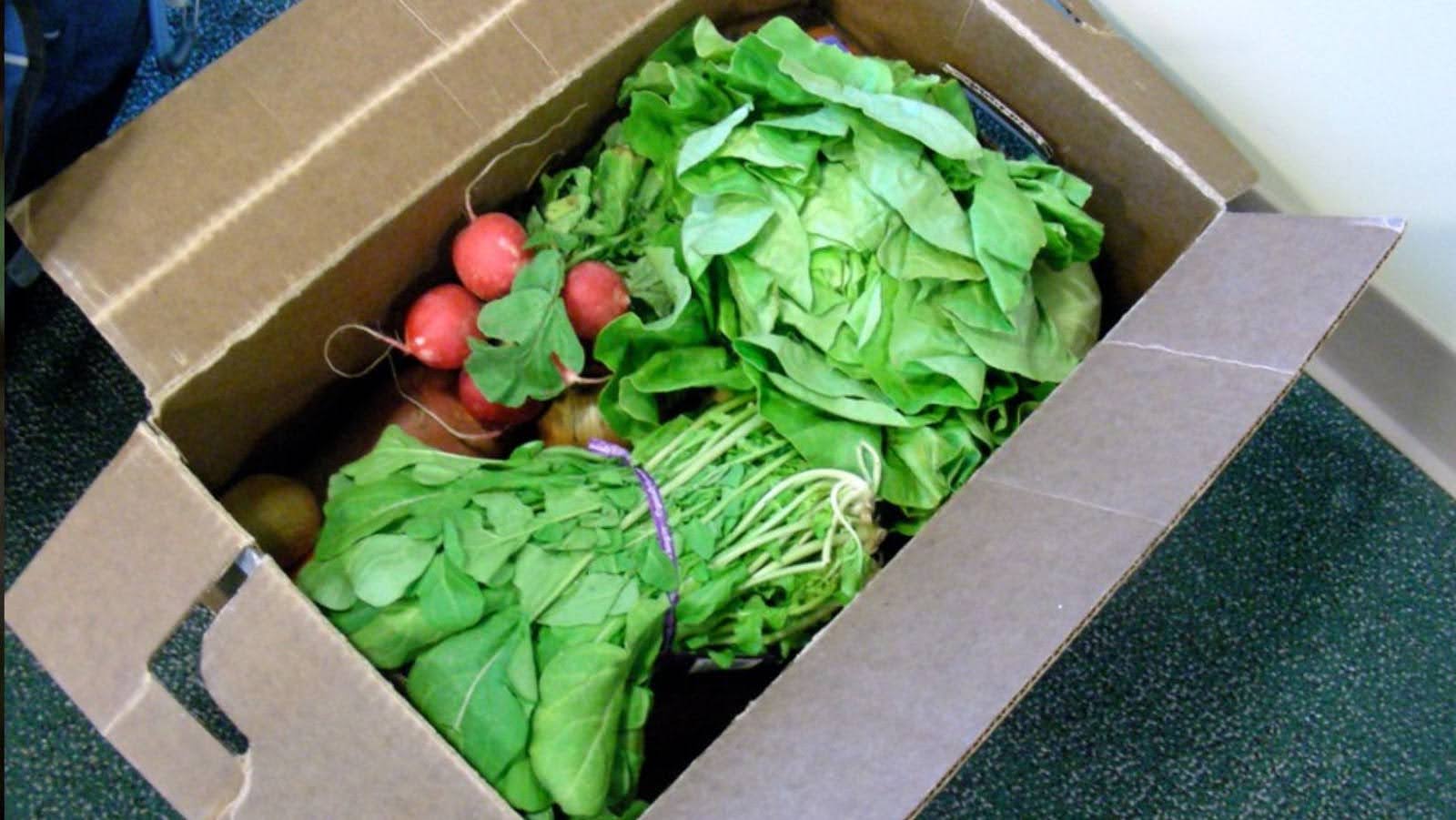Last Updated on June 24, 2024 by Nala Thorpe
As a business owner, it’s still best to have eco-friendly solutions for your food packaging that will easily decompose. This is because in today’s times, concerns about plastic waste are growing, and most consumers now prefer those who are committed to better sustainability and garbage reduction. See more about biodegradable packaging when you visit this page.
This is where biodegradable takeout containers, as well as bags, can come in. They are going to offer you an alternative to the traditional plastic packages, and they are more eco-friendly as a whole. As a result, you can reduce your carbon footprint in the environment while getting a steady stream of customers. Those who support the green movement and conservation of natural resources will also prioritize businesses that are also concerned with their environmental impact.
Why Choose a Biodegradable Package?
Plastic can be convenient, but most people tend to throw away the containers after eating. Some don’t see the need to reuse them again, and choosing something that decomposes quickly can bring numerous advantages.
For one, it’s even if they are going to end up in trash bags, they are going to decompose very quickly. They won’t need to end up in rivers and oceans, and pollution can be prevented. They are going to minimize their carbon footprint even if they end up in a landfill somewhere in the future.
Also, the use of these kinds of materials can enhance a company’s brand image. Consumers are increasingly prioritizing sustainability in their purchasing decisions, and companies that adopt eco-friendly practices can gain a competitive edge. When you’re able to showcase their commitment to the environment, you can attract eco-conscious customers and build long-term loyalty.
Different Types to Know About
Polylactic Acid: Derived from renewable resources like corn starch or sugarcane, PLA is a popular choice for food packaging, and it is used in making containers, cups, and cutlery. It is compostable and can break down into water and carbon dioxide under industrial composting conditions.
Bagasse: Made from the fibrous residue left after sugarcane juice extraction, this is an excellent material for biodegradable packaging. It is sturdy, heat-resistant, and ideal for plates, bowls, and takeout containers.
Paper and Cardboard: These materials are widely used due to their recyclability and biodegradability. They can be treated with eco-friendly coatings to enhance durability and resistance to moisture and grease.
Edible Packaging: Innovations in this area have led to the development of packaging that can be consumed along with the food. Candy wrappers made from rice paper are often eaten along with chocolates, and they keep the toxins out.
Market Trends and Growth
Expectations are high, and according to research, there’s a valuation of around $448.2 billion and a CAGR of 6.1% in 10 years. It’s estimated to bolster an increase in demand for eco-friendly packaging in many industries and is known to create growth opportunities.
Consumer behavior is also a significant driver of market trends since a growing number of Canadians are willing to pay a premium for products with environmentally friendly packaging. This shift is particularly evident among younger consumers who prioritize sustainability in their purchasing decisions, and as a result, more businesses are investing in biodegradable packaging to align with these values.
Also, technological advancements are making these trends more cost-effective and accessible. Innovations in material science are improving the performance and scalability of biodegradable options, making them viable for a broader range of applications.
Where to Find the Most Suppliers in the Country?
Premium suppliers for retailers, wholesalers, and distributors are everywhere. With a growing network of logistics and distribution, many companies are now able to adopt eco-friendly products into their supply chains. This is evident with the HD BioPak restaurant supplies if you’re looking for the best ones in Canada. If you own a bustling café or are just naturally eco-conscious, then this is definitely for you.
Some corporations aim to demonstrate their social responsibilities by becoming green, and this is not only because they want to attract more customers but also because they care. Canada can generate millions of tons of plastic each year, and in 2018, the government wrote a circular about Zero Plastic Waste strategies to address these issues.
Strong packaging made of wood pulp is now possible, and with their coarse quality, they are non-slip and are great options for take-out food. Others offer flexibility in colors, designs, and tailored solutions. They can ship the orders quickly and fulfill your requirements as soon as possible.
Environmental Benefits of Using Them
Biodegradable packaging offers environmental advantages by reducing pollution and waste in landfills. Traditional plastic packaging can take hundreds of years to decompose, contributing to long-term environmental degradation. In contrast, biodegradable materials break down much faster, often within months, through natural processes involving microorganisms.
The accelerated decomposition process reduces the accumulation of waste, alleviating the burden on landfills and lowering the overall volume of trash. You can find out more about decomposition at this link: https://study.com/academy/lesson/decomposition-process-examples-biology.html.
Also, biodegradable packaging minimizes the release of harmful chemicals into the soil and water systems, which are commonly associated with the degradation of conventional plastics. This not only protects wildlife and plant life but also ensures a cleaner, healthier ecosystem for future generations.
Companies also made them from renewable resources such as cornstarch, sugarcane, and cellulose rather than petroleum-based plastics. Utilizing these materials decreases our reliance on fossil fuels, which reduces carbon emissions and conserves non-renewable resources.
Integrating biodegradable packaging into supply chains means businesses can significantly lower their carbon footprint, contributing to global efforts to combat climate change and promote environmental sustainability.





